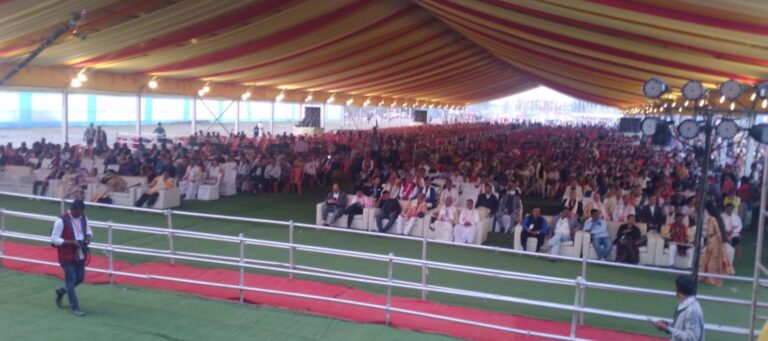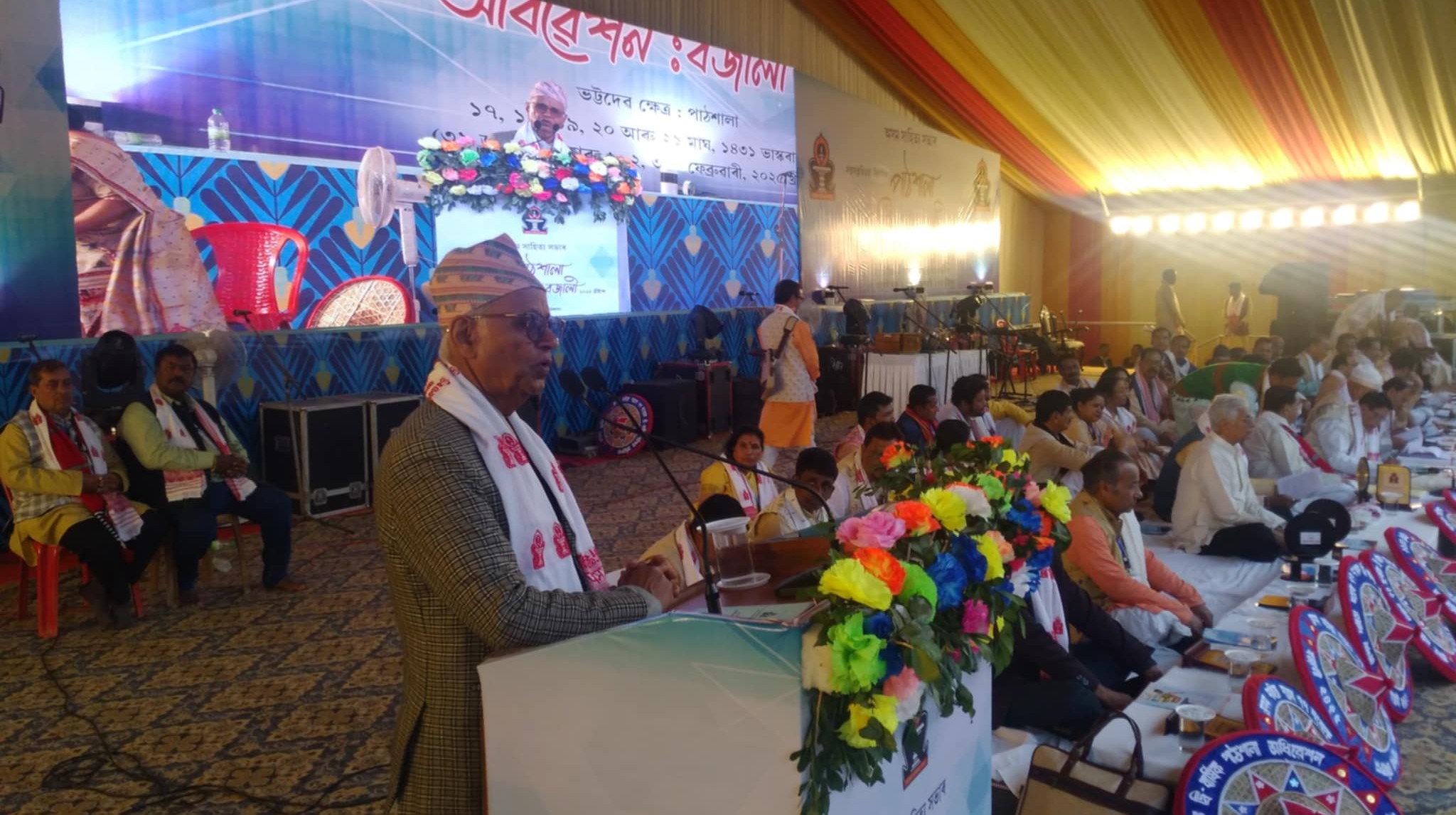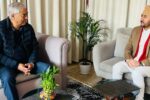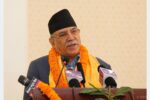GUWAHATI: The 77th conference of the Assam Sahitya Sabha, which recently concluded in the Indian state of Assam, discussed the literary and cultural ties between Nepal and Assam.
The biennial conference, held from January 30 to February 3 in Pathshala, featured a special segment focusing on the shared literary heritage between Nepal and Assam.
Nepal and Assam have a long-standing history of cultural and literary exchanges that dates back centuries.
They share a deep-rooted connection, with the exchange of ideas, themes, and artistic expressions playing a crucial role in shaping the literary landscapes of both regions.
Nepali literature has had a significant influence on Assamese writers, while Assamese literary works have also made a lasting impact in Nepal.
This rich tapestry of shared heritage is reflected in the literary traditions, the translation of works between the two languages, and the collaborative efforts of writers, scholars, and intellectuals from both Nepal and Assam.
The cultural ties between the two regions extend beyond the literary realm, encompassing shared traditions, performing arts, and social customs that have evolved through centuries of interaction and mutual appreciation.
On the occasion, Chief Guest of the ceremony, Senior Linguist Professor Madhav Prasad Pokharel highlighting on the shared tradition of Nepali and Assamese culture, language and literature insisted that the cultural exchange between Nepal and Assam is evident in their traditions and festivals which often reflect Himalayan influences.
Professor Pokharel said the Assamese literature has been influenced by spiritual traditions that resonate with Nepali culture, including Buddhism and Hinduism, and Nepali literature has drawn inspiration from diverse cultural heritage of Assam.
Newly elected president of Assam Sahitya Sabha Basanta Kumar Goswami while taking charge of the organization vowed to work for the development of Assamese language and literature.
Outgoing president of the organization Dr. Hemanta Kumar Baruah and General Secretary Dr. Upendrajit Sarma claimed the Sabha has been instrumental in promoting the literary and cultural diversity of Assam.
Established in 1917, Assam Sahitya Sabha, has been working to preserve and promote the Assamese language, literature, and culture.
The event drew more than 3 million people during four days of the event, according to the organizers. Science fair, held for the first time, book fair, a big Assamese traditional Japi, a cultural rally and the Indian Army show were the main attactions of the event.
Chief Minister of Assam Himanta Biswa Sarma, State ministers and prominent figures from various areas of life in Assam were also present on the occasion.
This year’s conference of Assam Sahitya Sabha had a significant importance since it was the first after the Assamese language received classical language status last year by the Government of India, becoming the 11th language to receive such recognition.
A total of 6000 delegates from India, Nepal and countries across the world participated in the conference.









Comment